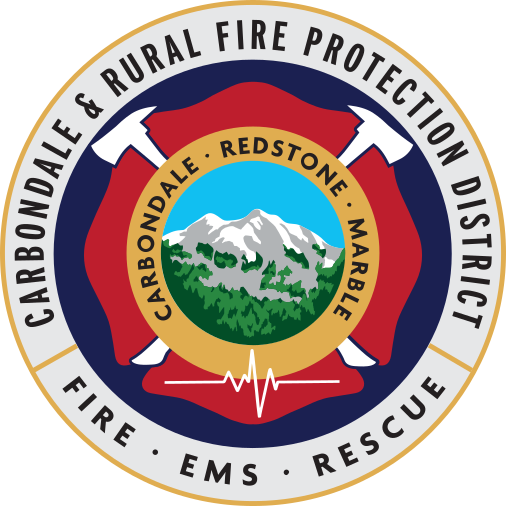Backcountry Basics: Search & Rescue

By admin Published September 17, 2019
Backcountry adventures are becoming more and more popular as people are trying to escape the stress of the daily grind and get back to nature. That being said, it is important to be prepared before you head out in case something unexpected happens and you need to be rescued.
Know Before You Go
- Have a plan, share it and stick to it.
- Check the weather before you head out, afternoon thunderstorms are common at higher elevations and come at you fast. Make sure you have proper clothing and equipment in case you get caught in a storm.
- Always let someone know of your plan – your route, time expected to return, and the names of the people in your group.
- Be prepared with all necessary emergency numbers in the area.
- Pack enough water, food, and extra clothing for the trip.
Technology in the Backcountry
If the worst happens, and you find yourself in a situation where you need search and rescue, it is important to stay calm. We highly recommend investing in a GPS or satellite communicator if you are preparing to venture into the backcountry, as cell service is usually sparse.
We talked with the Pitkin County 911 Commander about a new way for people to get in touch with emergency personnel – should they find themselves in need of help in the backcountry:
Essentially, anyone in the backcountry with an inReach or Garmin-type satellite communicator can email Pitkin dispatch directly for help. This feature can be used in Pitkin County and the surrounding county’s backcountry areas.
However, he reiterates that you should always try to call 911 first, then text to 911. If both fail, this is when you should use your satellite device by pressing the SOS button while also sending an email to cosat911@pitkin911.org. This will speed up the notification to emergency officials that someone needs help. The SOS goes to a national call center, which then has to determine what 911 center to forward the message to. The email will go directly to Pitkin dispatch.
One of the most important things to keep in mind is to stay calm and assess your surroundings. If you are able to, try to get somewhere easily accessible by rescuers. It’s important to stay where you are once you’ve contacted SAR so they know exactly where your location is and will be able to locate you as quickly as possible.
When and How to Call SAR?
- If someone is having an airway/breathing problem or circulatory problem (uncontrolled bleeding).
- If you or someone in your party is immobile and cannot make it out on your own.
- If it is late in the day – helicopters are not able to deploy after sunset so it’s important to call before dark.
- Be prepared to give them necessary information: name, contact info, nature of the emergency, any landmarks close by or description of the terrain, and description of clothing of the people in your party.
How to Prepare for SAR to Arrive
- If dealing with an injured person – make sure the person is comfortable, preferably off of the ground and insulated with a sleeping pad or mat under them. Keep them warm.
- Be searchable – make yourself visible, make sure you are away from running water, as it is hard to hear people calling for you.
- Use lights during dusk or dawn.
- If you have a whistle, use it. The sound carries much better than your voice and is more sustainable for longer periods of time.
- Once SAR arrives, stay calm and let them know exactly what the issues are – then let them help.
We hope that you never find yourself in a situation where you need to call SAR, but we are big advocates for being prepared for any type of situation. Having a comprehensive understanding of backcountry elements and how to handle any situation could mean the difference between life and death. As always, if you have any questions, feel free to reach out to your friends at the Carbondale Fire District.
